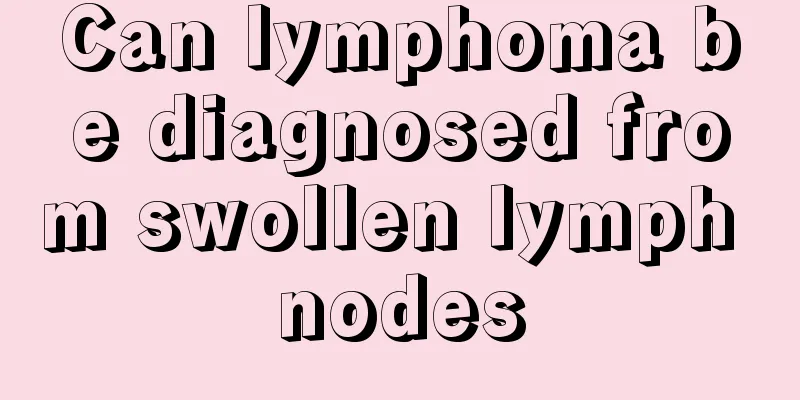The difference between knot pulse and substitute pulse

|
Everyone should be unfamiliar with knot pulse and substitute pulse, because we rarely hear people talk about them in life, but they do exist. Both knot pulse and substitute pulse are pulses with irregular rhythm and intermittent beats. However, the knot pulse shows irregular intermissions with short pauses, while the substitute pulse has regular intermissions with longer pauses. So what are the differences between them? Today I will tell you the difference between knot pulse and substitute pulse. The pulse stops when it comes, which means there is an interval, which is a common characteristic of the three. 2. The pulse of knot is slow and has irregular intermittent periods, which indicates excessive yin and qi stagnation, cold phlegm and blood stasis, and accumulation of masses. 3. The pulse is slow and weak with regular intervals, and the intervals are longer. The main organ qi is weak, which is often seen in heart disease (such as rheumatic heart disease). In addition, it may also occur in patients with fright, serious illness, and some pregnant women. 4. The pulse is rapid, forceful and irregular in intervals. "The Pulse Classic" says: "The pulse comes and goes rapidly, sometimes stops and then starts again." It indicates excessive Yang and heat, stagnation of Qi, blood, phlegm, fluid and old food, and also swelling and carbuncle. The characteristics of substitute pulse are normal rate, occasional pauses and unchanged rhythm. The characteristics of knot pulse are slow rate, occasional pauses and irregular rhythm. There is also a kind of pulse called hurried pulse, rapid pulse, irregular pauses, and irregular rhythm. These three pulse patterns are easy to confuse and have different clinical significances. Most of the traditional Chinese medicine books published now have explanations, so I will not elaborate on them. The pulse is slow and has irregular intermittent beats. It is the most common pulse pattern among arrhythmias. It is characterized by irregular pulse rhythm (uncertain pulse), that is, after a complete pulse, there is a pause or a small beat appears in advance, followed by a complete or incomplete compensatory interval. The knot pulse is mainly caused by symptoms such as excessive yin, qi stagnation, phlegm coagulation and blood stasis. When Yin is strong, Yang cannot reach the body, so the pulse is slow and intermittent. Phlegm coagulation and blood stasis cause the pulse qi to be disconnected, and may also present as a knotted pulse. The formation of knotted pulse comes from various premature beats or conduction blocks in arrhythmia, and can occasionally be seen in normal people (but heart disease must be ruled out) and those with emotional disorders or excessive smoking and drinking. A pulse with fewer than 7 knots per minute is called an occasional knotted pulse. If the pulse knot occurs more than 8 times per minute, it is multiple pulse knots, which are commonly seen in various organic heart diseases. In clinical practice, the disease diagnosis and prognosis must be made based on medical history and electrocardiogram examination. Severe knotted pulse may develop into untied pulse or fish-flying pulse (see pulse condition). Clinically, when a knotted pulse is present along with a floating pulse, it indicates that evil cold is blocking the meridians; when a knotted pulse is present along with a sinking pulse, it indicates that qi is stagnating in the internal organs; when a knotted pulse is present along with a wiry pulse, it indicates that blood stasis is blocking the body; when a slippery pulse is present along with a slippery pulse, it indicates that phlegm and fluid have not been transformed for a long time; and when a knotted pulse is present along with a rapid pulse, it indicates that heat is excessive. If knotted pulse and substitute pulse are present at the same time, it is mostly a symptom of palpitations and heart pain. Knotted pulse and hurried pulse are opposite pulse patterns. Although both are pathological pulses with irregular pulse rhythm, the frequency of knotted pulse is slow, while the frequency of hurried pulse is fast. Some people also believe that the rapid pulse is a combination of a rapid or fast pulse and a knotted pulse (see rapid pulse). In clinical practice, knotted pulse needs to be distinguished from similar pulses - slow pulse and wiry pulse. A knotted pulse is a sudden stop in a slow pulse, while a slow pulse has no stopping phenomenon. A wiry pulse is characterized by a sluggish pulse and slow rise and fall, and also has no signs of stopping. |
<<: What is ammonium laureth sulfate
>>: How to dye nails with Impatiens?
Recommend
Is there a difference between ground pepper and white pepper?
There is usually no difference between pepper pow...
Where are the waist training equipments in the gym?
Going to the gym to exercise is very popular. Fit...
What are the precautions for scraping and cupping
Gua Sha and cupping are both common therapies in ...
What are the precautions after abortion and cervical erosion surgery?
When women find out that they are unexpectedly pr...
What are the early symptoms of nasopharyngeal carcinoma
In the early stages of nasopharyngeal cancer, sym...
How to distinguish platinum from silver
When buying gold and silver jewelry, it is necess...
The harm of carbon disulfide to humans
When people breathe normally, they do not absorb ...
How to make your eyes bigger naturally
An important criterion for judging whether a pers...
What are the symptoms of gallbladder cancer metastasis
What are the symptoms of gallbladder cancer metas...
Who can't eat beef bone marrow
Beef bone marrow is a food ingredient with relati...
How to use ginger to rub hair correctly
Everyone is very familiar with ginger. Ginger is ...
What should I do if I have a headache after bumping my head
In daily life, head injuries are inevitable. Some...
Can hairy crabs and grapes be eaten together
In our daily life, hairy crabs and grapes are two...
What to do if there is too much fluff and dust at home
In daily life at home, hygiene and environmental ...
Redness on the roof of the mouth
In order to protect their oral cavity, many peopl...









